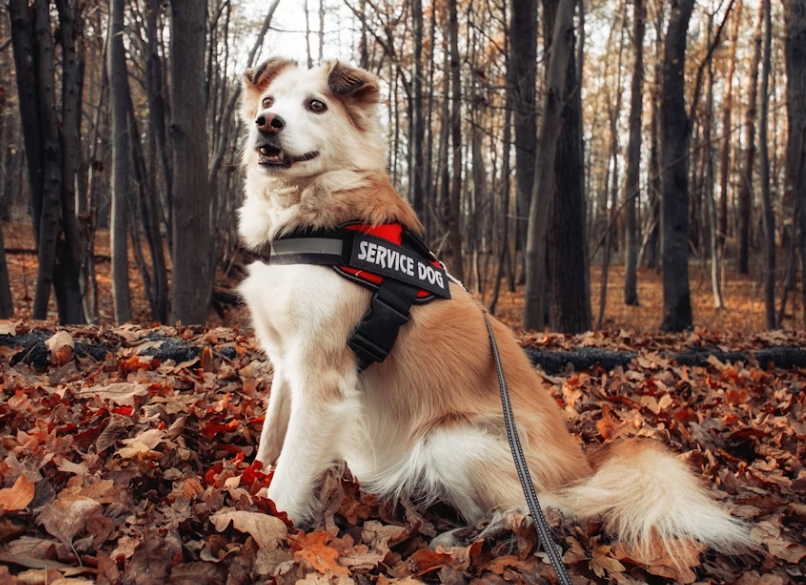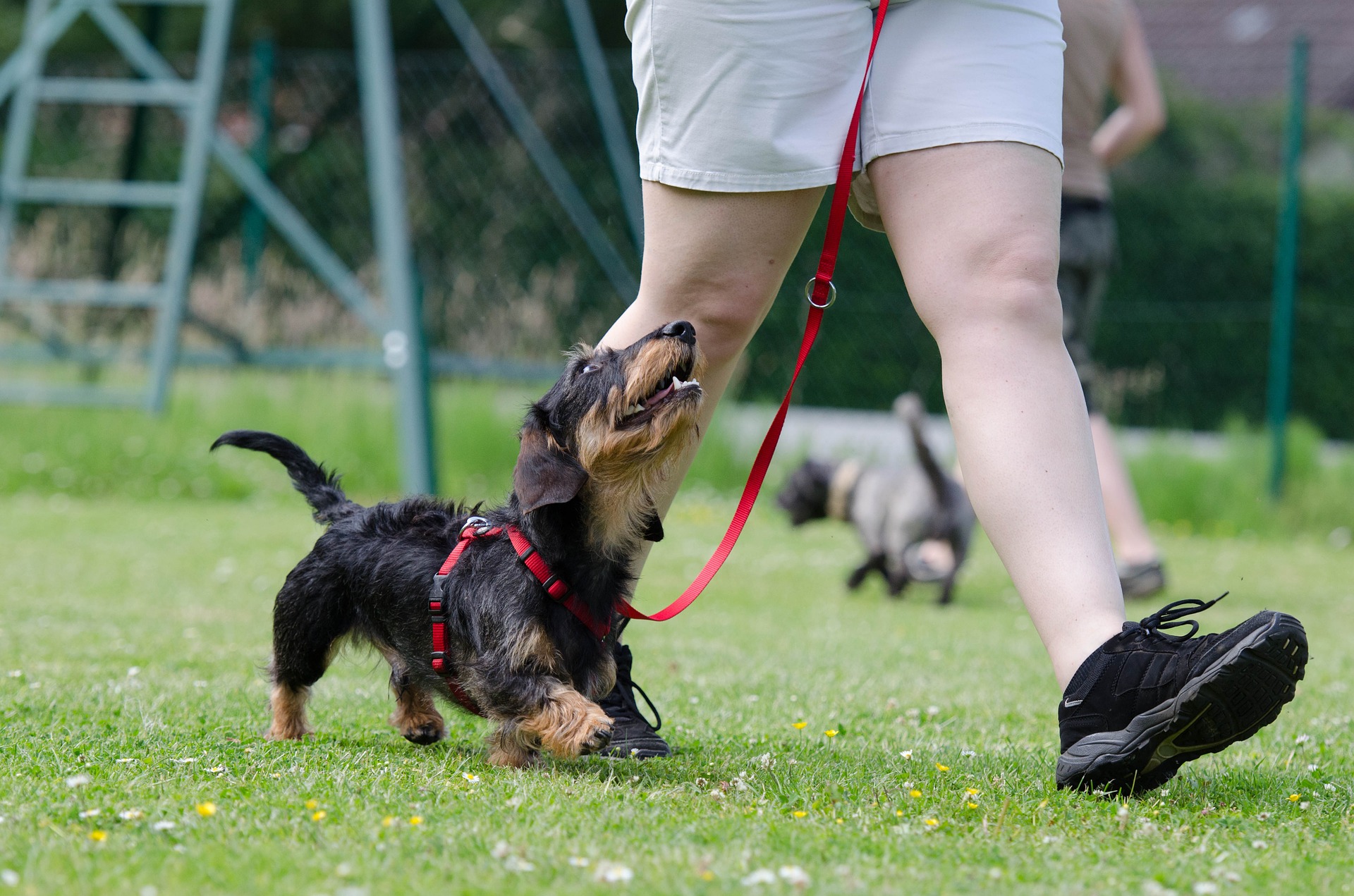
What is a successful relationship based on? Communication, mutual understanding, and respect are key factors in every relationship, including those between dog owners and their furry friends.
We should know how to properly interact with our beloved paw companions so that we understand each other better and strengthen our bond. Similar to humans, dogs are also receptive to visual cues and can identify changes in our body language.
While training a dog is mostly associated with verbal commands, hand signals can also offer numerous advantages! They are great tools that help enhance communication between canines and their humans, and that also offer helpful training alternatives for hearing-impaired dogs.
Whether your furry buddy has hearing issues; you want to stimulate them mentally; or you want to deepen your bond with them, training through hand signals has much to offer!
In today’s article, we will explore the benefits of hand signals for the training process and some common hand signals that can come in handy. Additionally, we will give you tips on what to consider when conducting training through hand signals.
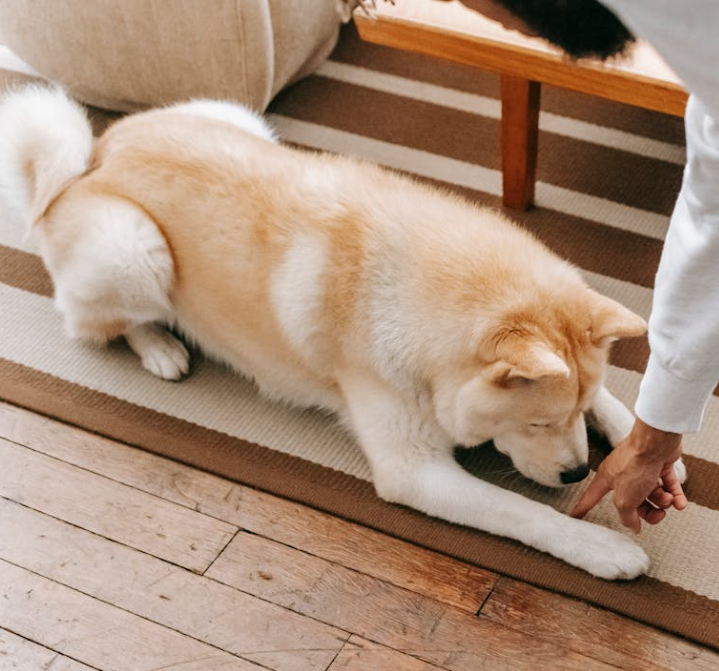
Benefits of Training with Hand Signals
Improving Communication
Dogs are naturally observant of body language, which makes hand signals a clear and precise form of communication. This, in turn, helps avoid confusion.
It can be particularly helpful in multilingual households, where it can be difficult to stick to one language for the commands. However, dogs are intelligent creatures who can be trained to understand commands in more than one language, so you if you are patient and consistent, you can successfully teach your canine to respond to commands in multiple languages.
However, the general guideline is that once you opt for a cue word and pair it with a specific behavior, it should not be changed during the process, otherwise, the dog can get confused. If you are not sure what cue words to use to teach your paw friend in certain behaviors, hand signals can come into play!
The clarity they bring will not only reduce confusion but will also help strengthen the bond between you and your paw friend.
Overcoming Challenges (Hearing Impairments)
For dogs with hearing impairments, hand signals are reliable tools of communication, ensuring commands are understood.
Hearing-impaired dogs can still be trained in various tasks, as long as they possess the right temperament for the job. They can even excel as service dogs! However, their suitability ultimately depends on the specific needs of the individual.
Do not patronize your paw friend, ignoring their great qualities, only because their hearing is not great!
Improving Focus and Mental Stimulation
Since hand signals require dogs to focus on their owners’ movements, they can greatly help improve their focus skills.
Additionally, they promote mental stimulation and reinforce obedience.
It is important to reward your paw family members when they remain focused on you and respond to the given hand signals. This will help reinforce the association with a positive outcome and will motivate them to continue responding to the hand signal.
Navigating Noisy Environments
Imagine you are in the local park with your dog and get distracted for a few seconds! This time is enough for some dogs (if not properly trained and well-mannered) to take advantage of their owners’ not paying attention and run off. Because exploring the environments and playing with other dogs is so much more interesting, isn’t it?
Instead of yelling after your paw friend and probably scaring some passersby, you can simply give them a hand signal.
However, keep in mind that for this to work, you should be patient, and consistent and start training in an environment without distractions. Also, hand signals should be clear, distinct, and easy for your dog to see from a distance. Use exaggerated movements if necessary, especially in busy areas where there may be more visual distractions.
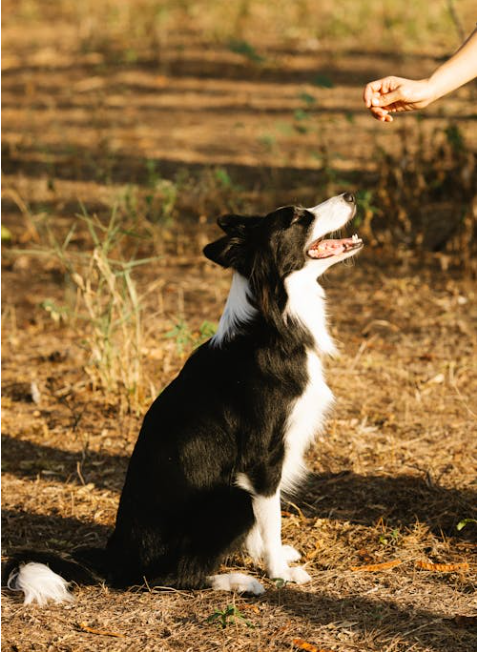
Common Hand Signals
We will list below some common hand signals for basic obedience commands, including the hand position to make them.
Sit: With a palm facing up, raise your hand from your side to shoulder height.
Stay: Extend your arm with the palm facing outwards, signaling the dog to halt or remain in place.
Come: Extend your arm out to the side, palm facing upwards, and motion towards your body, encouraging the dog to approach.
Down: Point your index finger towards the ground, signaling the dog to lie down.
Heel: With your arm bent at the elbow, hold your hand near your thigh and motion for the dog to walk closely beside you.
Wait: Hold your hand up in a "stop" gesture, signaling the dog to pause or hold back.
Stand: Extend your arm downwards (approximately at a 45-degree angle), palm facing the ground, encouraging the dog to stand upright.
Leave It: Extend your arm in front of you with your palm facing the dog, then make a swiping motion towards yourself, signaling the dog to leave or ignore an object.
Drop It: Hold your hand out with an open palm facing downwards, then quickly close your hand into a fist, signaling the dog to release an object from their mouth.
Shake/Paw: Extend your hand towards the dog's paw, palm facing upwards, and gently lift their paw in a shaking motion, signaling the dog to offer their paw for a shake.
By incorporating these hand signals into your training routine, you can improve your communication with your dog and reinforce positive behaviors effectively.
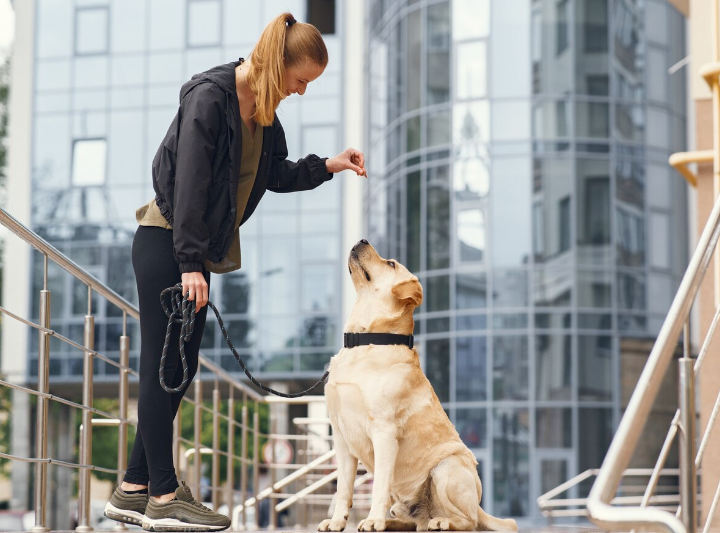
Conducting Training with Hand Signals
While training with hand signals can be a very effective tool to improve communication with your paw friend, it should be done properly to be successful. This, of course, applies to all types of training!
Start Slowly
It is important to introduce hand signals gradually, especially if your paw partner is not accustomed to visual cues.
Begin by incorporating hand signals alongside verbal commands that your dog already knows well. For instance, when teaching the "sit" command, say "sit" while simultaneously raising your hand to give the signal. Over time, your dog will start associating the hand signal with the specific action.
If your dog is hearing-impaired and does not know verbal cues, it is crucial to select clear hand signals and start with the basics.
The hand signals should be distinct and easy for your furry friend to see and understand. Keep them consistent throughout the training process.
Begin with basic commands such as “sit”, “stay”, “come”, and “lie down”. These are fundamental tasks that you can build upon later in the training process.
Before giving a hand signal, ensure you have your dog's attention. You can do this by using a gentle touch or a visual cue such as waving your hand within their line of sight.
It is important to remember to pair each hand signal with a visual prompt to help your dog understand what behavior is expected. For instance, when teaching the "sit" command, you can gently guide your dog into the sitting position while giving the hand signal at the same time.
Consistency and Practice
Consistency is crucial in dog training, especially when introducing hand signals.
We have already mentioned above that verbal cues should remain the same, once you start associating them with specific behaviors. The same applies to hand signals. Use the same hand signals consistently for each command to avoid confusion.
Dogs are creatures of habit, so practicing the same signals by gradually changing environments to generalize the trained behavior will reinforce their understanding.
Positive Reinforcement
Positive reinforcement has proved an effective tool in dog training, which brings great results whether using verbal cues or hand signals!
When your dog successfully responds to a hand signal, immediately reward them with delicious treats and praise. If your paw friend is more toy-motivated, give them their favorite to play with. For dogs whose greatest motivator is affection, gently petting and hugging your furry buddy will be the biggest reward!
Positive reinforcement strengthens the connection between the hand signal and the desired behavior, encouraging your canine to repeat the action in the future.
If you are familiar with our articles, you have probably already heard about treas of different values. At the beginning of the training process, especially if your paw friend struggles with some tasks, you should reward them with treats of a high value. These can be chicken/turkey/beef bits or any delicious treats that motivate your canine and that they will receive during the training process only.
These treats are phased out throughout the training, once the dog starts responding to the given commands consistently, reliably, and without hesitation. Over time, you should transition into treats of mid- and low-value. At some point, when your dog performs perfectly, you can reward them randomly for showing the desired behavior. This could be every third or fourth time.
Patience and Persistence
Training a dog, whether through verbal commands or hand signals, requires patience and persistence.
Some dogs may understand hand signals quickly, while others may need more time to learn. Remain patient and avoid becoming frustrated if your dog progresses slower than you would like.
Dogs are individuals and learn at different paces, so it is important to understand and accept your paw friend the way they are. Moreover, dogs are sensitive to our emotions, so maintaining a calm and positive demeanor during training sessions is essential!
Training a dog through hand signals offers numerous benefits, including enhanced communication, universal understanding, and overcoming challenges. By incorporating common hand signals and following proper training techniques, you can establish a strong foundation of good manners and mutual understanding with your beloved paw companion!




